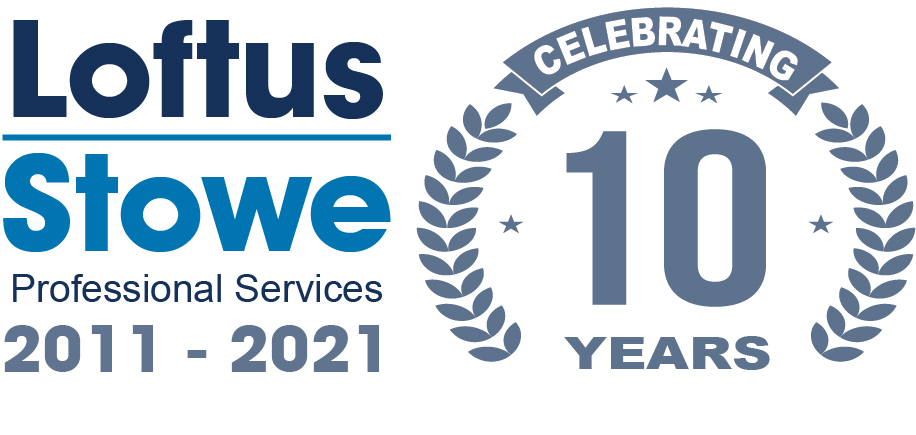 Investing in a bank is among the riskier decisions an investor can make. That is, unless youre able to thoroughly analyse a banks financial statements. Remember, risk comes from not knowing what youre doing. Most people dont have the expertise not to mention the free time to fully appraise themselves of the prospective downside of investing in a business like Barclays (LSE: BARC) (NYSE: BCS.US).
Investing in a bank is among the riskier decisions an investor can make. That is, unless youre able to thoroughly analyse a banks financial statements. Remember, risk comes from not knowing what youre doing. Most people dont have the expertise not to mention the free time to fully appraise themselves of the prospective downside of investing in a business like Barclays (LSE: BARC) (NYSE: BCS.US).
During the financial crisis, shares of Barclays bottomed at 59p. The shares have risen nearly fourfold since then, but are still some way off their pre-crisis peak.
The performance of UK shares have been volatile in 2014andBarclays hasfallen 17% year to date. While a few companies have made big gains the pharmaceutical sector has done well, along with consumer goods the banking sector remains depressed.
Profits at Barclays are still dropping; the threat of litigation looms; and the market has very little faith in the prospective 4%+ dividend yield. Lets look a little closer at whats going on.
The core business
Despite strong performance from the retail, corporate banking and Barclaycard, pretax profit fell from 3.6bn to around 3.3bn in the first half of the year, whichhasnt inspired investors.
Its sensible to invest in a wide range of companies, across a number of different sectors. That way, we spread our risk and hopefully one or two shares will be big winners. If youre thinking of investing in Barclays, you needto first familiarise yourself with what the bank does.
There is a cultural clean-up under way at Barclays, and the thrust of it seems to be to engender public trust after multiple mis-selling scandals and bonus backlashes.
Barclays customers want somewhere safe to store their savings, as well as access to loans and credit cards. It makes money on the difference between the interest on deposits and the returns from deploying that capital through loans and advances to lending customers.
A deathly overhang
Profits in the personal banking andcorporate banking division grew by 23% in the first half of the year. The shares were weighed on, however, by weakness in the investment bank, where revenue fell 16%. This is becoming something of a theme at Barclays and the market fears something is seriously deficientthere.
The market is likewise fearful of more big fines coming down the slipway which, if sizeable enough, could put excess strain on the banks capital adequacy, and a rights issue would be required to sure up its finances.
Barclays tangible assets are valuedat around 315p per share versus a share price of only234p. Theprospective dividend yield, according to analyst forecasts, is 4%. Its on a forward P/E of just 10. Those metrics would be appealing for any other share, but the problem is that Barclays is a bank, and fairly or not, its still seen as a falling knife.
Should you buy?
Id advocate that ordinaryinvestors should maintain a portfolio of between 10 and 20 companies.Stick with what you know.
While Barclays isn’t an ideal fit for every investor, myself included, an attractive small cap opportunity has recently caught my eye. The Motley Fool’s lead smaller companies analyst has discovereda 250m hidden gem which could double profitswithin the next four years.
Find out for yourself why this company has been named“The Motley Fool’s Top Growth Stock For 2014”. There’s no obligation — simplyclick here nowfor your free research report.
Mark Stoneshas no position in any shares mentioned. The Motley Fool UK has no position in any shares mentioned. We Fools don’t all hold the same opinions, but we all believe that considering a diverse range of insights makesus better investors.
Mark Stoneshas no position in any shares mentioned. The Motley Fool UK has no position in any shares mentioned. We Fools don’t all hold the same opinions, but we all believe that considering a diverse range of insights makesus better investors.





